Who Are the REAL John Young/Olohana's Family(ies)? and....Who Are the Treasonous Ones?
compiled by Amelia Gora, one of John Young's,
Isaac Davis descendants/heirs (2012)
Let us review who the REAL descendants of John Young/Olohana including Isaac Davis:
| John Young | |
|---|---|
| Advisor to Kamehameha I Governor of Hawaiʻi Island High Chief |
|
 |
|
| Spouse | Namokuelua Mary Kaʻōanāʻeha |
| Issue | |
| Robert Young James Kānehoa Young Fanny Kekelaokalani Young Grace Kamaʻikuʻi Young John Kalaipaihala Young II Jane Lahilahi Young |
|
| Father | Robert Young |
| Mother | Grace Young |
| Born | c. 1742 or March 17, 1744 Crosby, Lancashire, England, Great Britain |
| Died | December 17, 1835 (aged 91) Honolulu, Oahu |
| Burial | Royal Mausoleum of Hawaii |
A problem with this story is that She married John Young as his second wife in 1805. Young married Namokuelua prior to her, and more than 18 years lapsed between Young's arrival and Kaʻōanaʻeha's marriage.
She defied the Christianity of her husband, and was similar to Princess Ruth Keʻelikōlani in turning down Western ways. For example, after Young died in 1835 she took as her new name Mele Kuamoʻo, after the battle of Kuamoʻo where her brother Kekuaokalani, defender of the kapu system, was killed leading the rebel forces against those of Kamehameha II in 1819.
Family tree
| Keliʻimaikaʻi (1765-1809) |
Kalikoʻokalani | Kalaipaihala | Robert Young | Grace | |||||||||||||||||||||||||||||||||||||||||||||||||||||||||||
| Davis Family | |||||||||||||||||||||||||||||||||||||||||||||||||||||||||||||||
| Kaʻōanāʻeha (1780–1850) |
John Young (1742–1835) |
Namokuelua (1780-1804) |
|||||||||||||||||||||||||||||||||||||||||||||||||||||||||||||
| Robert (1796-1813?) |
Haʻale | James Kānehoa (1797–1851) |
Sarah Kaniaulono (1797–?) |
||||||||||||||||||||||||||||||||||||||||||||||||||||||||||||
| Henry C. Lewis | Fanny Kekelaokalani (1806–1880) |
George Naʻea (1797-1852) |
|||||||||||||||||||||||||||||||||||||||||||||||||||||||||||||
| Jane Lahilahi (1812-1862) |
Nuʻuanu | ||||||||||||||||||||||||||||||||||||||||||||||||||||||||||||||
| Mary Paʻaʻāina (1833-1853) |
J. A. Griswold (1823-?) |
Dr. T. C. B. Rooke (1806–1858) |
Grace Kamaʻikuʻi (1808–1866) |
Governor Cox Keʻeaumoku (1784–1824) |
|||||||||||||||||||||||||||||||||||||||||||||||||||||||||||
| Samuel Nuʻuanu | |||||||||||||||||||||||||||||||||||||||||||||||||||||||||||||||
| Paʻaʻāina Griswold (1853-1860) |
House of Kamehameha | ||||||||||||||||||||||||||||||||||||||||||||||||||||||||||||||
| Queen Emma (1836–1885) |
Kamehameha IV (1836–1885) |
Kamehameha III (1813–1854) |
Jane Lahilahi (1813–1862) |
Joshua Kaʻeo (?-1858) |
Keoni Ana (1810–1857) |
Julia Alapaʻi (1802–1849) |
|||||||||||||||||||||||||||||||||||||||||||||||||||||||||
| Prince Albert (1858–1862) |
Kiwalaʻo (1851-1851) |
Albert Kunuiakea (1851-1903) |
Mary Beers | Peter Kekuaokalani (1836–1880) |
Keliʻimaikaʻi "Alebada" (?-1851) |
||||||||||||||||||||||||||||||||||||||||||||||||||||||||||
[edit]Notes
- ^ "Kuamoo Kaoanaeha "Mele"". Our Family History and Ancestry. Families of Old Hawaii. Retrieved 2010-02-16.
- ^ R. W. Wilcox (May 26, 1894). "Correspondence". Hawaii Holomua Progress. Retrieved April 23, 2012.
- ^ "Boatswain John Young: his adventures in Hawaii recalled" (PDF). New York Times archive. February 14, 1886.
[edit]References
| This article includes a list of references, but its sources remain unclear because it has insufficient inline citations. Please help to improve this article by introducing more precise citations. (April 2008) |
- Kanahele, George S.. Emma: Hawai'i's Remarkable Queen : a Biography . University of Hawaii Press, 1999.
- Hawaiian Kingdom 1854-1874, Twenty Critical Years By Ralph S. Kuykendall
| James Young Kānehoa | |
|---|---|
 |
|
| Spouse | Sarah Kaniaulono Davis Haale Hikoni |
| Issue | |
| Jane Lahilahi Kānehoa Young | |
| Full name | |
| James Kānehoa Young | |
| Father | John Young Olohana |
| Mother | Namokuelua |
| Born | August 7, 1797 Kawaihae, Hawaii |
| Died | October 1, 1851 (aged 54) Honolulu, Oahu |
| Burial | Royal Mausoleum of Hawaii |
| Robert Young | |
|---|---|
| Full name | |
| Robert "Lopaka" Young | |
| Father | John Young ʻOlohana |
| Mother | Namokuelua |
| Born | February 14, 1796 Kawaihae, Hawaii |
| Died | 1813 (aged 16–17) Bermuda |
| Grace Kamaʻikuʻi Young Rooke | |
|---|---|
 |
|
| Spouse | Kahekili Keʻeaumoku Thomas Charles Byde Rooke |
| Issue | |
| Queen Emma (hānai) | |
| Father | John Young Olohana |
| Mother | Kaʻōanāʻeha |
| Born | September 8, 1808 Kawaihae, Hawaii |
| Died | July 26, 1866 Honolulu, Oahu |
| Burial | Mauna ʻAla Royal Mausoleum[1] |
| Keoni Ana | |
|---|---|
| Kuhina Nui of the Hawaiian Islands andMinister of Interior | |
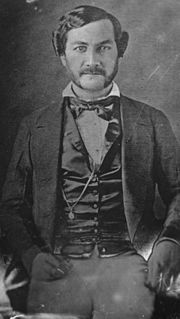 |
|
| Reign | June 10, 1845 – January 16, 1855 |
| Predecessor | Kaʻahumanu III |
| Successor | Kaʻahumanu IV |
| Spouse | Julia Alapai Hikoni Ulumaheihei |
| Issue | |
| Peter Kaʻeo (hānai) | |
| Full name | |
| John Kalaipaihala Young II, Keoni Ana ʻOpio | |
| House | House of Keoua House of Keliimaikai |
| Father | John Young |
| Mother | Kaʻōanaʻeha |
| Born | March 12, 1810 Kawaihae, island of Hawaii |
| Died | July 18, 1857 (aged 47) Honolulu, Oahu |
| Burial | Mauna ʻAla Royal Mausoleum[1] |
| Signature | |
| Fanny Kekelaokalani | |
|---|---|
 |
|
| Spouse | Henry Coleman Lewis George Naʻea |
| Issue | |
| Mary Polly Paaāina Queen Emma |
|
| Full name | |
| Fanny Kekuʻiapoiwa Kailikulani Leleoili Kulua Kekelaokalani Young Lewis Naʻea[1] | |
| Father | John Young Olohana |
| Mother | Kaʻōanāʻeha |
| Born | July 21, 1806 Kawaihae |
| Died | September 4, 1880 (aged 74) Honolulu |
| Burial | October 3, 1880[1] Mauna ʻAla Royal Mausoleum[2] |
| Jane Lahilahi Young | |
|---|---|
| Spouse | Joshua Kaeo Kamehameha III (mistress) |
| Issue | |
| Peter Kaeo Keliimaikai "Alebada" Kaeo Albert Kunuiakea |
|
| Father | John Young Olohana |
| Mother | Kaʻōanāʻeha |
| Born | May 1813 Kawaihae |
| Died | January 12, 1862 (aged 48) Honolulu |
| Burial | Mauna ʻAla Royal Mausoleum[1] |
| Isaac Davis | |
|---|---|
| High Chief ʻAikake | |
| Spouse | Nakai Nalimaʻaluʻalu Kalukuna |
| Issue | |
| Sarah Kaniʻaulono Elizabeth Peke George Hueu |
|
| Born | c. 1758 Milford Haven, Pembrokeshire, Wales |
| Died | April, 1810 Honolulu, Oahu |
Davis first married Nakai Nalimaʻaluʻalu,[3] a chiefess with whom he had one daughter in 1797, Sarah (Sally or Kale) Kaniʻaulono Davis, named after his sister Sarah in Wales. Kale Davis lived in Honokaula, Maui, had six children, and died in 1867.
After Nakai died in the ukuʻu plague, Davis married Kalukuna,[4] a relative of Kamehameha, in Honolulu, and founded a prominent family in the islands. They had two children. His son George Hueu Davis was born on January 10, 1800. His daughter Elizabeth "Betty" Peke Davis was born on February 12, 1803. His son married Kahaanapilo Papa and had three sons; among them was Isaac Young Davis who was the second husband of Princess Ruth Keʻelikōlani. His daughter Betty marriedGeorge Prince Kaumualiʻi (also known as Humehume), the son of King Kaumualiʻi of Kauaʻi.[1]
After his death, his companion John Young looked after his children. Two of them were living with him in 1807, and after Davis's murder in 1810 Young continued to care for them. In Young's will, dated 1834, he divided his lands equally between both his own and Davis's children.[5]
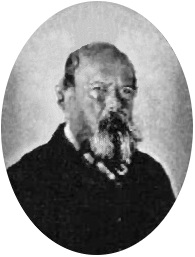 George Hueu Davis
George Hueu Davis| Alexander Adams | |
|---|---|
 |
|
| Born | December 27, 1780 Arbroath, Angus, Scotland |
| Died | October 17, 1871 (aged 90) Oahu, Hawaii |
| Nationality | Scottish |
| Occupation | Sailor |
| Known for | Flag of Hawaii |
| Spouse(s) | Sarah Kaniaulono Davis Sarah Ulukaihonua Harbottle Charlotte Oili Harbottle |
| Parents | John Fyfe Jean Adams |
| Elizabeth Peke Davis | |
|---|---|
| High Chiefess Betty Davis | |
| Spouse | Humehume Antone Sylva |
| Issue | |
| Harriet Kawahinekipi | |
| Full name | |
| Elizabeth Peke Davis | |
| House | Kekaulike |
| Father | Isaac Davis Aikake |
| Mother | Kalukuna |
| Born | 1803 Waimea, Hawaii Island |
| Died | 1848 (aged 44–45) |
|
||||||||||||||||||||||||||||||||||||||||||||||||||||||||||||||||||||||||||||||||||||||||||||||||||||||||||||||||||||||||||||||||||||||||||||||||||||||||||||||||||||||||||||||||||||||||||||||||||||||||||||||||||||||||||||||||||||||||||||




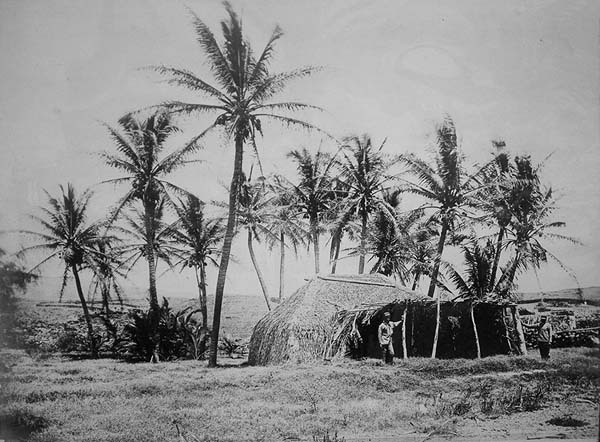
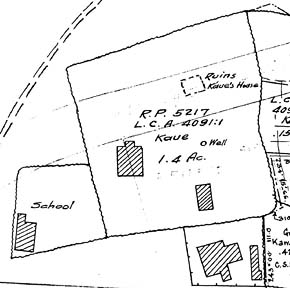
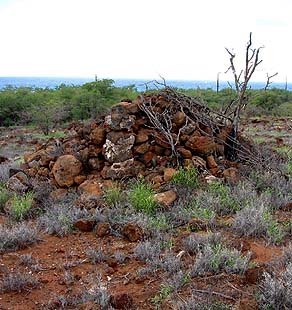
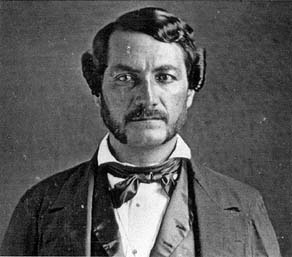
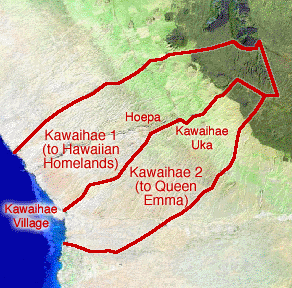
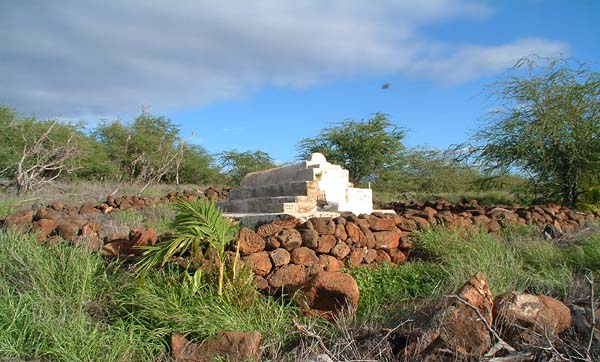

Replies